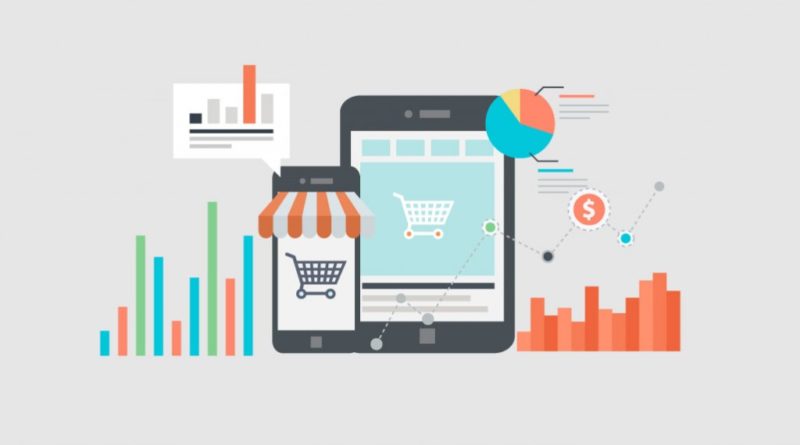How is growth of e-commerce in India?
The rapid e-commerce growth in India is transforming how people buy and sell products, creating a digital revolution across the country. From smartphones in rural areas to high-speed internet in metro cities, e-commerce has become the new norm of retail.
Fueled by rising internet penetration, a digital-savvy population, and supportive government initiatives, the Indian e-commerce landscape is on a fast-paced upward trajectory. In fact, recent reports suggest India’s e-commerce market is projected to surpass US$ 200 billion by 2026, backed by a robust Compound Annual Growth Rate (CAGR).
Moreover, this growth is not just confined to Tier 1 cities. It is spreading across Tier 2 and Tier 3 regions due to hyperlocal logistics, mobile-first strategies, and increasing digital literacy. Therefore, the e-commerce sector is becoming a powerful driver of inclusive digital growth in India.
Table of Contents
What is Fueling the E-Commerce Growth in India?
Internet Penetration and Smartphone Usage
One of the major reasons behind the rise in e-commerce growth in India is the affordable internet and increasing smartphone usage. With cheaper data plans and expanding 4G/5G networks, more Indians are accessing e-commerce platforms directly from their phones. As a result, even people in small towns and rural areas are now part of the digital shopping ecosystem.
Government Initiatives Supporting E-Commerce
In addition to infrastructure growth, the Indian government has launched several programs that encourage digital adoption. Schemes like Digital India, Startup India, Make in India, and Skill India have laid a strong foundation for the digital economy. Consequently, these initiatives are pushing the development of the e-commerce industry in both urban and rural markets.
Start-up Ecosystem and Investment Boom
The rise of Indian start-ups has also accelerated e-commerce adoption. With continuous funding from domestic and international investors, companies like Flipkart, Amazon India, Nykaa, and Meesho are expanding aggressively. As a result, more consumers are gaining access to quality products and services through digital platforms.
How E-Commerce is Empowering MSMEs
Digital Access and Market Expansion
The e-commerce growth in India is creating huge opportunities for Micro, Small & Medium Enterprises (MSMEs). E-commerce platforms give these businesses access to national and global markets without the need for a physical storefront. In addition, they benefit from inventory management tools, marketing support, and digital payment integration.
Support in Financing and Training
Furthermore, e-commerce platforms are also collaborating with fintech and edtech firms to provide financing and training. This enables MSMEs to scale efficiently while adopting modern business practices.
Wider Impact on the Economy
As MSMEs grow, they create a ripple effect in the economy. This results in more employment, increased demand for logistics, and a stronger supply chain. Therefore, e-commerce is not just an online retail trend—it is a nationwide economic catalyst.
What’s Ahead for E-Commerce in India?
Rise of Digital Payment Ecosystems
India is rapidly moving toward a cashless economy. Thanks to UPI, mobile wallets, and online banking, over 55% of online sales are expected to be cashless. This makes transactions smoother, safer, and faster, further boosting online shopping confidence.
Smart Logistics and Fast Delivery
Moreover, the rise of hyperlocal delivery services and intelligent warehousing is reducing delivery times. Many platforms now offer same-day or next-day delivery, even in Tier 2 and Tier 3 towns, improving the overall customer experience.
AI-Driven Engagement and Personalization
E-commerce platforms are also embracing artificial intelligence and machine learning. These technologies help in understanding consumer behavior, offering personalized suggestions, and running targeted ads. As a result, customer retention and satisfaction are increasing rapidly.
Key Trends Shaping the Indian E-Commerce Landscape
-
Mobile-first shopping experiences
-
Voice search in regional languages
-
Integration with WhatsApp, Instagram, and YouTube for direct selling
-
Eco-conscious and sustainable packaging
-
Subscription models for repeat purchases
FAQs on E-Commerce Growth in India
What is the future of e-commerce in India?
The future of e-commerce in India is extremely promising. The market is expected to exceed US$ 350 billion by 2030, driven by mobile-first users, digital payments, and smart logistics.
How is the government helping e-commerce?
Programs like Digital India and Startup India are improving digital infrastructure, promoting entrepreneurship, and making online business more accessible across the country.
How does e-commerce help small businesses?
E-commerce platforms offer MSMEs access to larger markets, digital tools for business management, financing, and marketing support—helping them scale faster.
Will e-commerce replace traditional retail in India?
Not entirely. However, e-commerce will work alongside traditional retail through omni-channel models, allowing customers to shop both online and offline.
Which sectors are booming due to e-commerce?
Apparel, electronics, groceries, healthcare, and education are some of the fastest-growing sectors in India’s e-commerce ecosystem.
Conclusion
The journey of e-commerce growth in India reflects more than just digital evolution—it signifies empowerment, inclusion, and opportunity. From a street vendor selling on WhatsApp to a local artisan shipping across states, e-commerce is changing lives, one order at a time.
Curious about how solar energy supports digital sustainability too? Check out our solutions at www.solarclue.com or explore our knowledge-packed blog at blog.solarclue.com. The future is bright, digital, and solar-driven.





Hello this is test